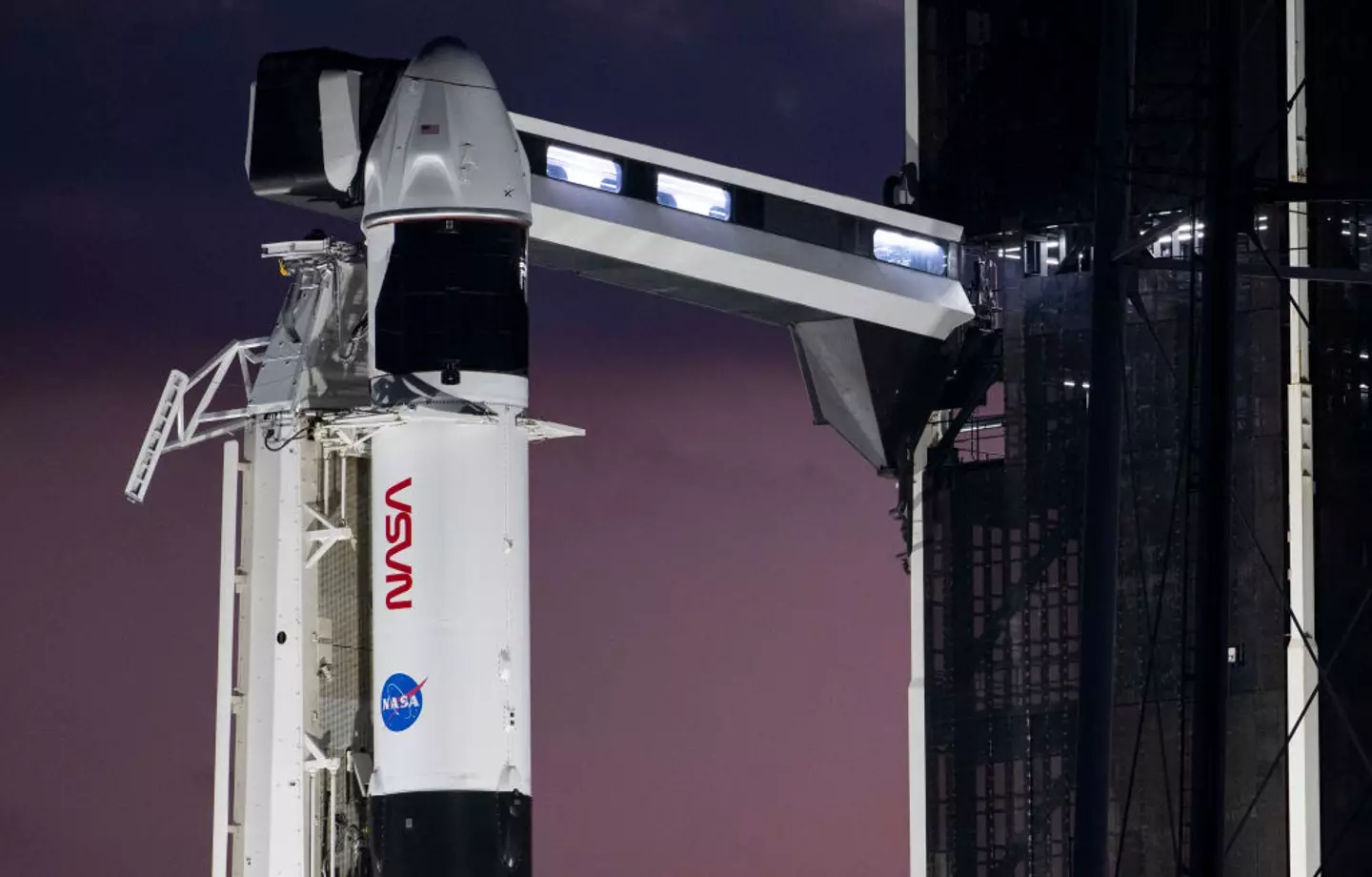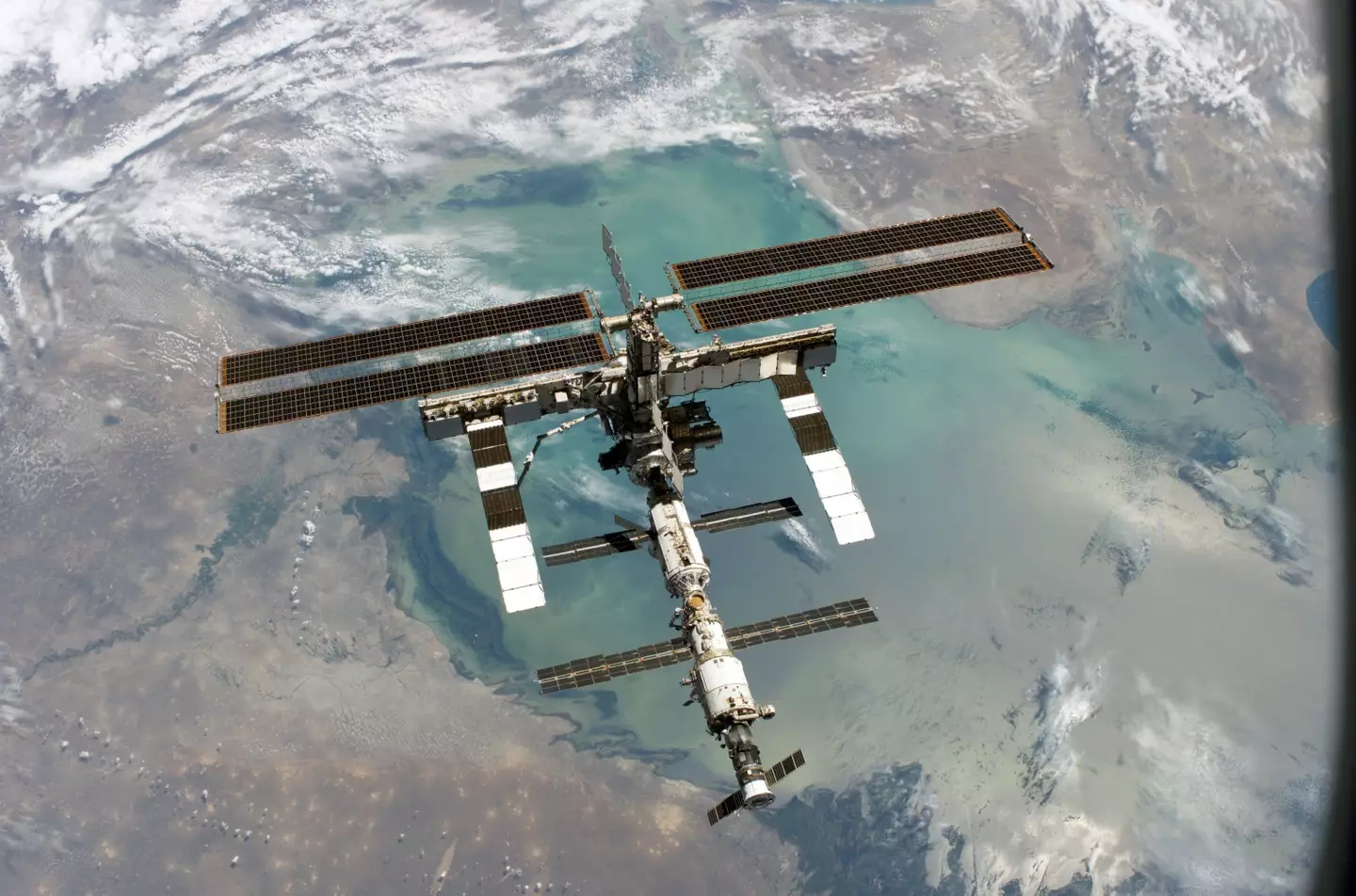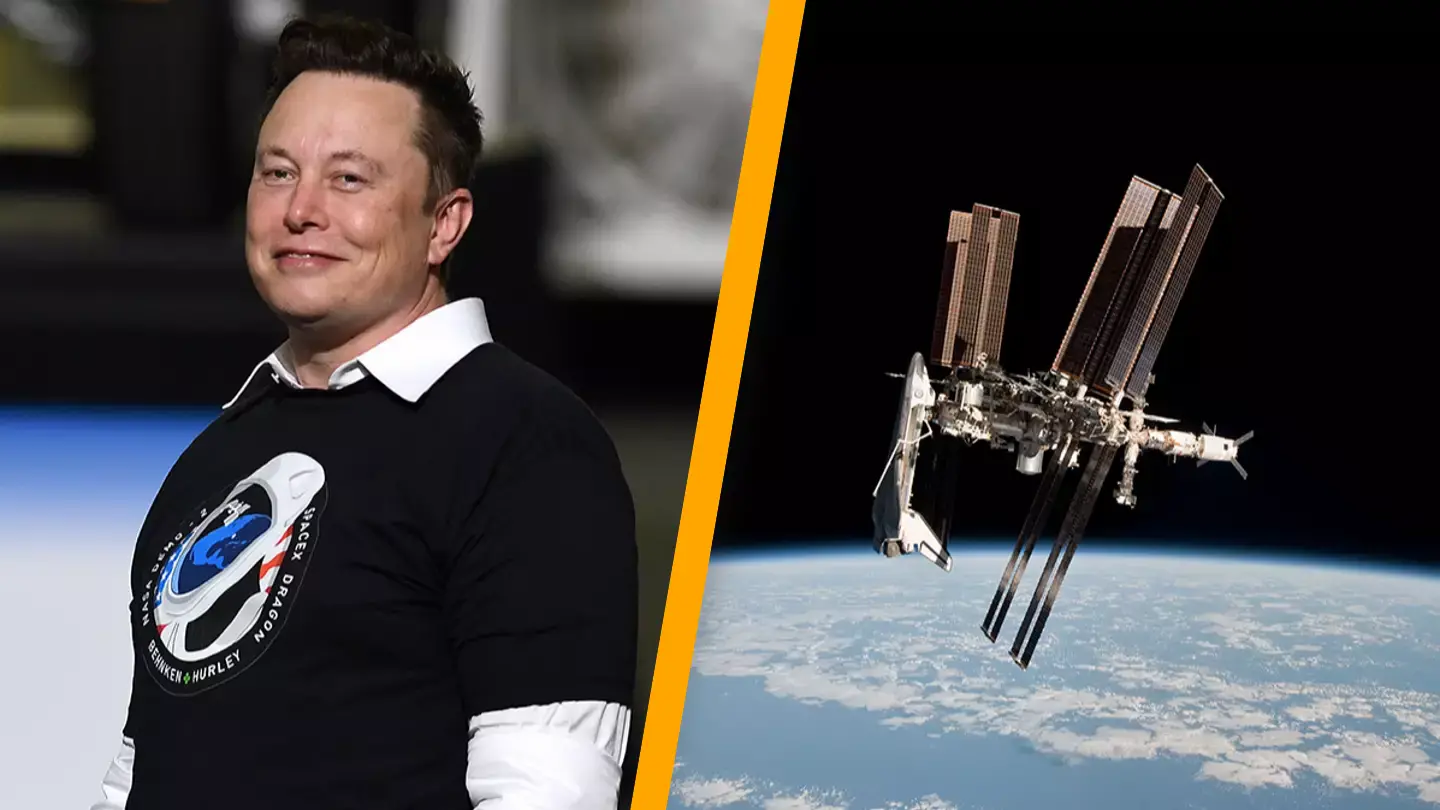NASA has detailed how Elon Musk will contribute to the planned destruction of the International Space Station (ISS).
SpaceX, Musk’s aerospace company, has secured a contract worth $843 million to assist in de-orbiting the ISS, which is scheduled to conclude its mission in 2030.
The ISS, which orbits approximately 250 miles above the Earth, has provided a unique platform for scientists to perform groundbreaking experiments in a microgravity environment.
The data gathered from these experiments is crucial in assessing the viability of space colonization and extended human spaceflight.
Being the largest single structure humans have constructed in space, decommissioning the ISS presents a significant challenge.

Most of the ISS is anticipated to disintegrate upon re-entry into Earth’s atmosphere, while the remaining debris will descend into the ocean in a controlled fashion.
SpaceX will deliver an enhanced version of its Dragon spacecraft, which will help to guide the ISS toward Earth.
This upgraded vehicle will possess six times the propellant and four times the thruster capability compared to a conventional Dragon spacecraft.
NASA has outlined the sequence of events for the ISS’s de-orbit process.
The initial phase involves ‘natural orbital decay,’ where the station’s orbit is gradually lowered using electric propulsion.
SpaceX’s spacecraft will dock with the ISS and utilize its thrusters to steer the space station toward Earth.
NASA plans to use Earth’s atmospheric drag to assist in aligning the station for re-entry.

This approach ensures the ISS is accurately positioned as it descends back to Earth.
NASA stated that once all crew members have safely landed, and the final minor adjustments are made, operators will initiate ‘a large re-entry burn,’ which will deliver the necessary force ‘to ensure safe atmospheric entry into the target footprint.’
NASA engineers predict the ISS will break apart in three stages: initially, the separation of the solar array and radiator, followed by the breakup of intact modules and the truss segment—the station’s ‘backbone.’
In the final stage, individual modules will fragment, and the truss will lose its structural integrity.

NASA stated: “As the debris continues to re-enter the atmosphere, the external skin of the modules is expected to melt away and expose internal hardware to rapid heating and melting.
“Most station hardware is expected to burn up or vaporize during the intense heating associated with atmospheric re-entry, whereas some denser or heat-resistant components like truss sections are expected to survive re-entry and splash down within an uninhabited region of the ocean.”
The precise location where the remaining parts of the ISS will land is yet to be confirmed by NASA.

